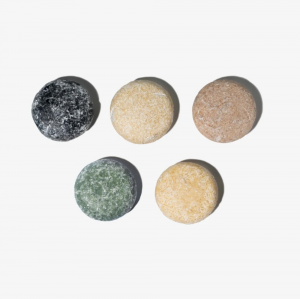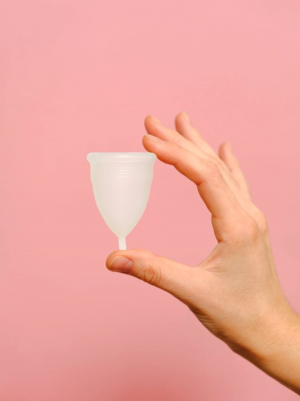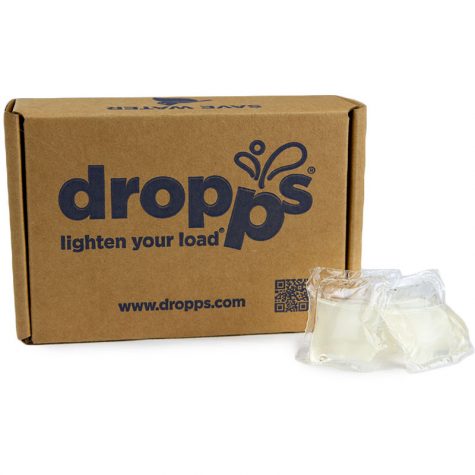Zero waste by 2025? Here’s what you can do
June 13, 2021
Motivated by worldwide pollution, Marin has set the goal to reach zero waste by 2025. With the help of Zero Waste Marin, we currently manage our waste with recycling and repurposing programs. This management is helpful, but there is more to the solution. Intuitive and backed by science, creating less waste to begin with produces the greatest results. Consider a simple example: we can collect plastic grocery bags and recycle them into a new product such as plastic lumber. However, a better option would be to take no bag at all, as no natural resources or energy would have to be used to produce, collect and reprocess the disposable bags.
So, if you are like me and worry about the impact of pollution on our planet, take comfort in knowing you can make a change! I’d like to share some of my favorite products and resources that can help you lead a less wasteful lifestyle.
Package Free Shop

The Package Free Shop was created by American environmental activist Lauren Singer, a trailblazer in the zero-waste movement who is known for collecting all of the waste she has created since 2012 in a 16-ounce mason jar. Every item from the Package Free Shop is packaged waste-free using materials that can be reused or composted –– hence the business’s name –– making it the ultimate resource for conscious consumers.
Among other creative alternatives to traditional personal care items, the Package Free Shop sells shampoo and conditioner in bar form. Not only do these hair care bars eliminate the need for plastic bottles and packaging, but because they are solid and compact, they’re also amazing for travel. Shampoo and conditioner bars for any and every hair type are available on the Package Free Shop website, as well as all the necessities for personal hygiene, food storage, laundry, makeup, skincare, sexual health, dish cleaning and more. Rest easy knowing these products are made from only the highest quality vegan and organic ingredients and are 100 percent package-free.
Menstrual cup

The average person who menstruates will throw away 300 pounds of tampons, applicators, pads, wrappers and other period-related waste in their reproductive lifetimes, making for a lot of bloody waste. A great alternative is a menstrual cup: a medical-grade silicone cup that can be inserted into the vagina where it collects blood throughout the day.
In terms of effectiveness, the menstrual cup is the best period product by a landslide. It can be worn for up to 12 hours, which eliminates the worry of potential leaks and inconvenient trips to the bathroom to change a tampon or pad. After it took me a day or two to get accustomed to insertion and removal, my menstrual cup was so comfortable that I barely noticed my period. Best of all, one $40 purchase can last over a decade of menstrual cycles. While tampon and pad users will spend an average of $6,000 in their reproductive lifetimes, menstrual cup users will spend a fraction of this price.
Dropps

As a replacement for those huge plastic containers of laundry detergent, Dropps laundry detergent is packaged in water-dissolving pods. The pods come in compostable cardboard packaging and are shipped carbon neutral. According to Dropps, 68 percent of traditional liquid laundry detergent bottles are not recycled, and this wastefulness leaves approximately 606 billion pounds of plastic in our oceans annually. By using a biodegradable pod and zero plastic, the company aims to reduce plastic consumption and waste.
Dropps work just as well as traditional laundry detergent; they perform perfectly on food stains, daily grime and dirt, and clothes come out clean, soft and smelling fresh. They are available for purchase on the Dropps website.
Other tips to get started
It’s helpful to understand that a product’s impact on the environment extends beyond what happens after it’s thrown away. Waste is generated throughout the life cycle of a product, which begins with the extraction of raw materials, continues throughout transportation, processing, manufacturing and actual product use, and ends with its eventual disposal. Conscious consumers can pay attention to these processes when choosing products.
In general, the best products in this context can be used over a long period of time before needing to be replaced, come package-free or in environmentally friendly packaging, have non-toxic, organic and cruelty-free ingredients and are sourced and manufactured locally.
Finally, there is no rush to go out and buy a bunch of waste-free or “sustainable” products. The idea is to simply consume less. So do the environment and your wallet a favor by using what you already have before purchasing anything new.